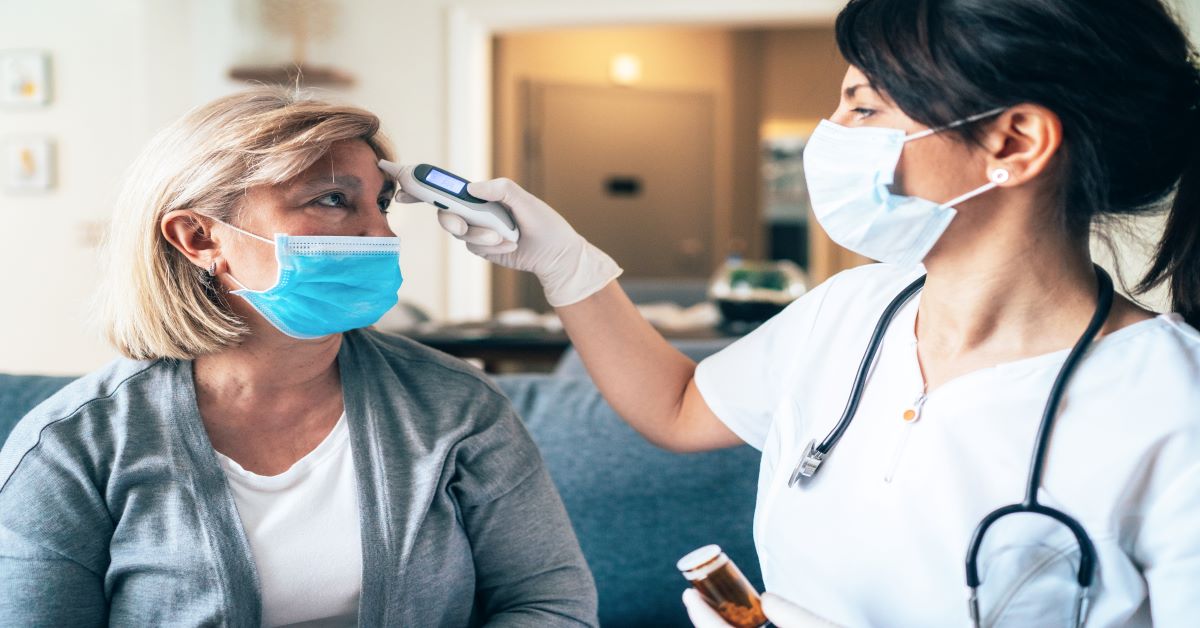16 Nov Wisconsin Electronic Visit Verification
Following similar requirements born of the 21st Century Cures Act legislation, Electronic Visit Verification has been mandated in the state of Wisconsin. What is the official start date? What care organizations does it apply to, and what are the unique requirements? Is Wisconsin an open model state in terms of the EVV system agencies must use? We will delve into all of these questions and then some as we hone in on EVV in the state of Wisconsin.

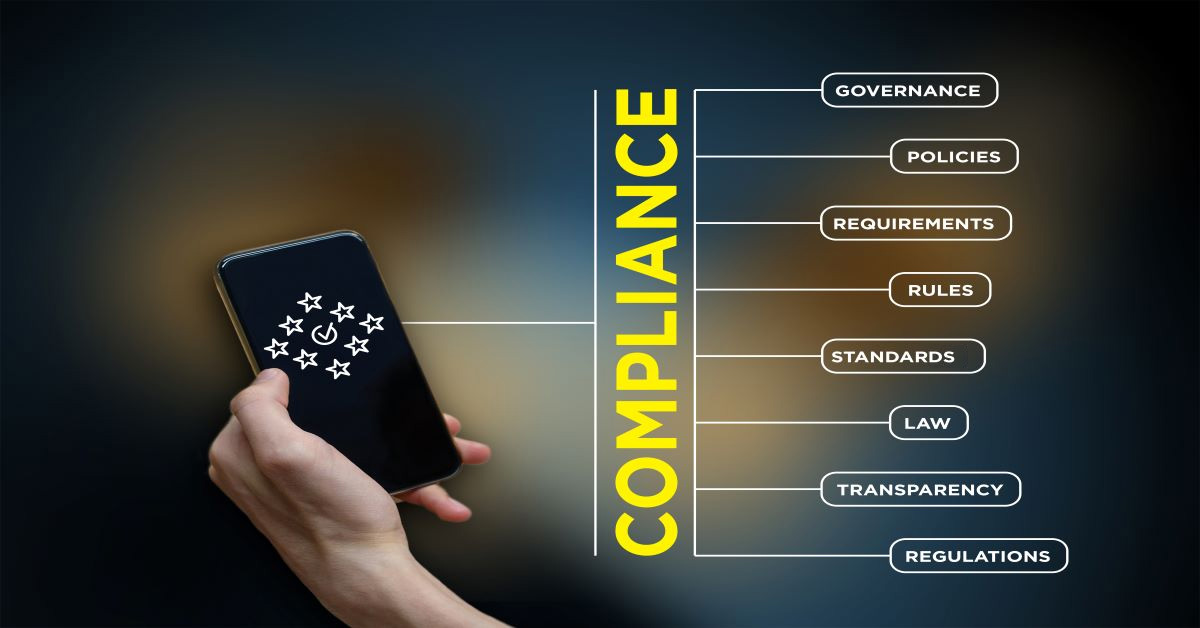
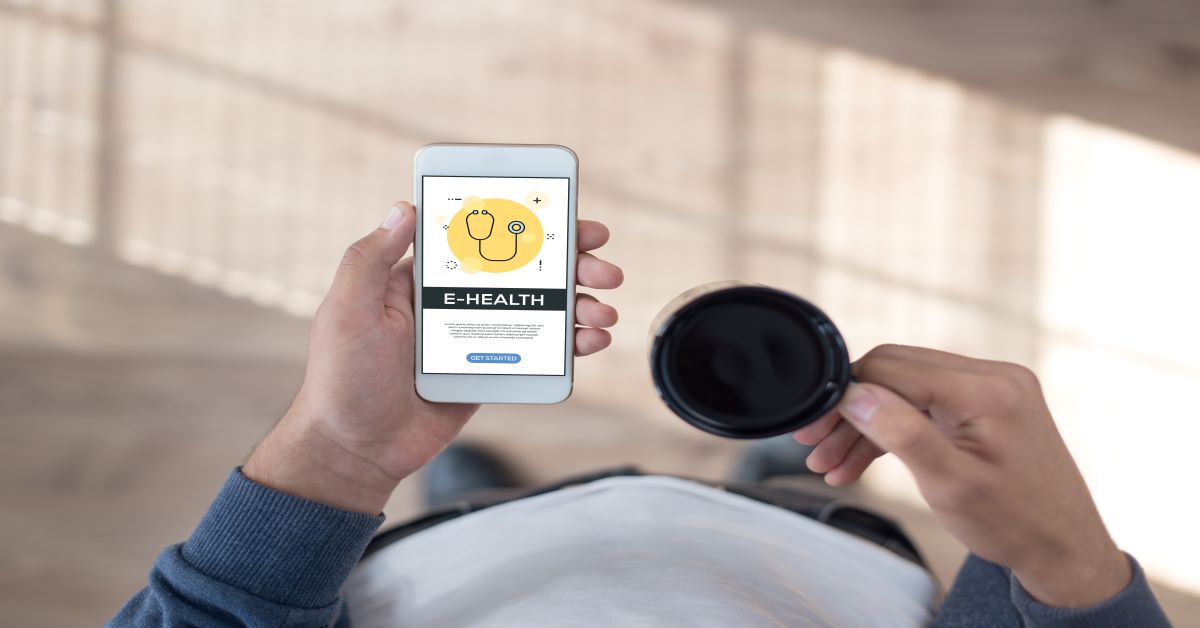
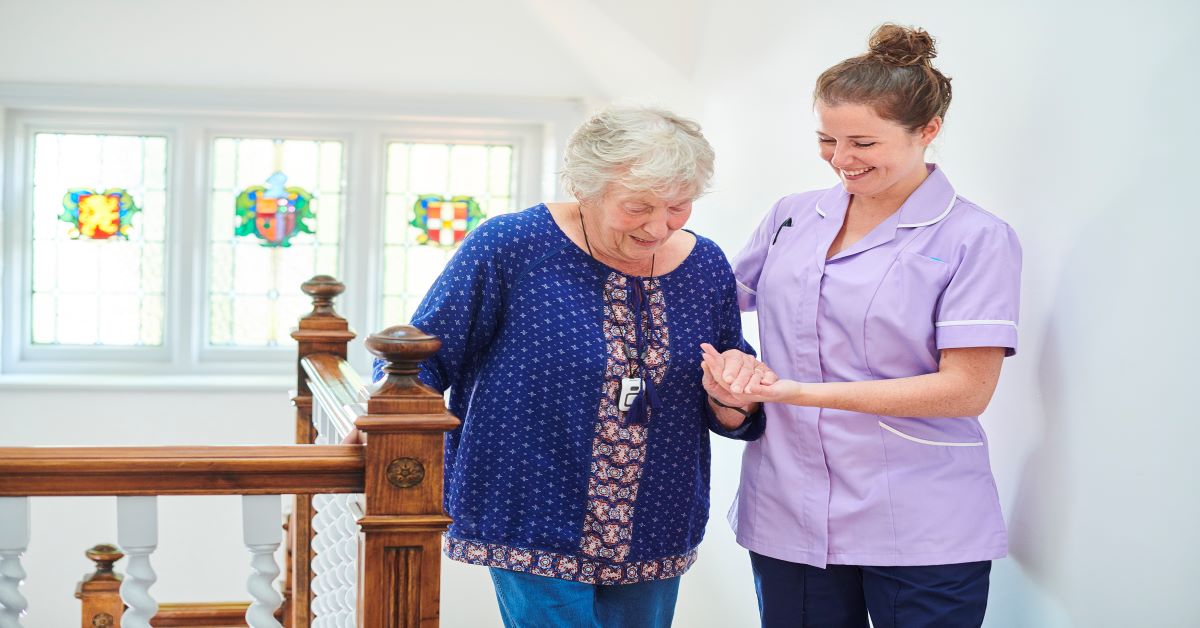
 Yes. According to CMS, outpatient therapy services may be provided by a home health agency to patients who are not homebound or otherwise are not receiving services under a home health plan of care (POC). These services are not paid under the Home Health Prospective Payment System (HH PPS). The reimbursement for the outpatient therapy services is calculated using the Medicare Physician’s Fee Schedule (MPFS).
Yes. According to CMS, outpatient therapy services may be provided by a home health agency to patients who are not homebound or otherwise are not receiving services under a home health plan of care (POC). These services are not paid under the Home Health Prospective Payment System (HH PPS). The reimbursement for the outpatient therapy services is calculated using the Medicare Physician’s Fee Schedule (MPFS).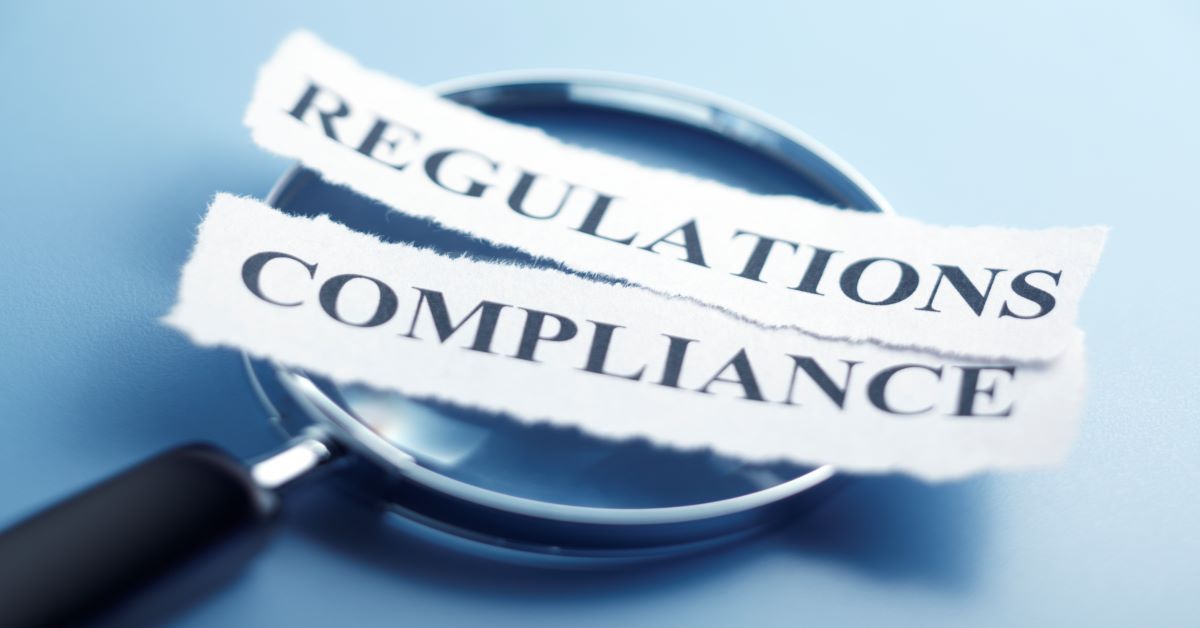

 As the 21st Century Cures act moves to the forefront of home health agency staffs, many agencies find themselves trying to prepare for the inevitable. According to their official website
As the 21st Century Cures act moves to the forefront of home health agency staffs, many agencies find themselves trying to prepare for the inevitable. According to their official website 